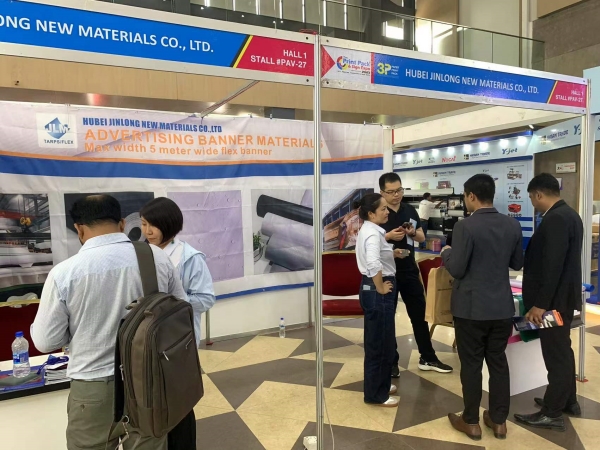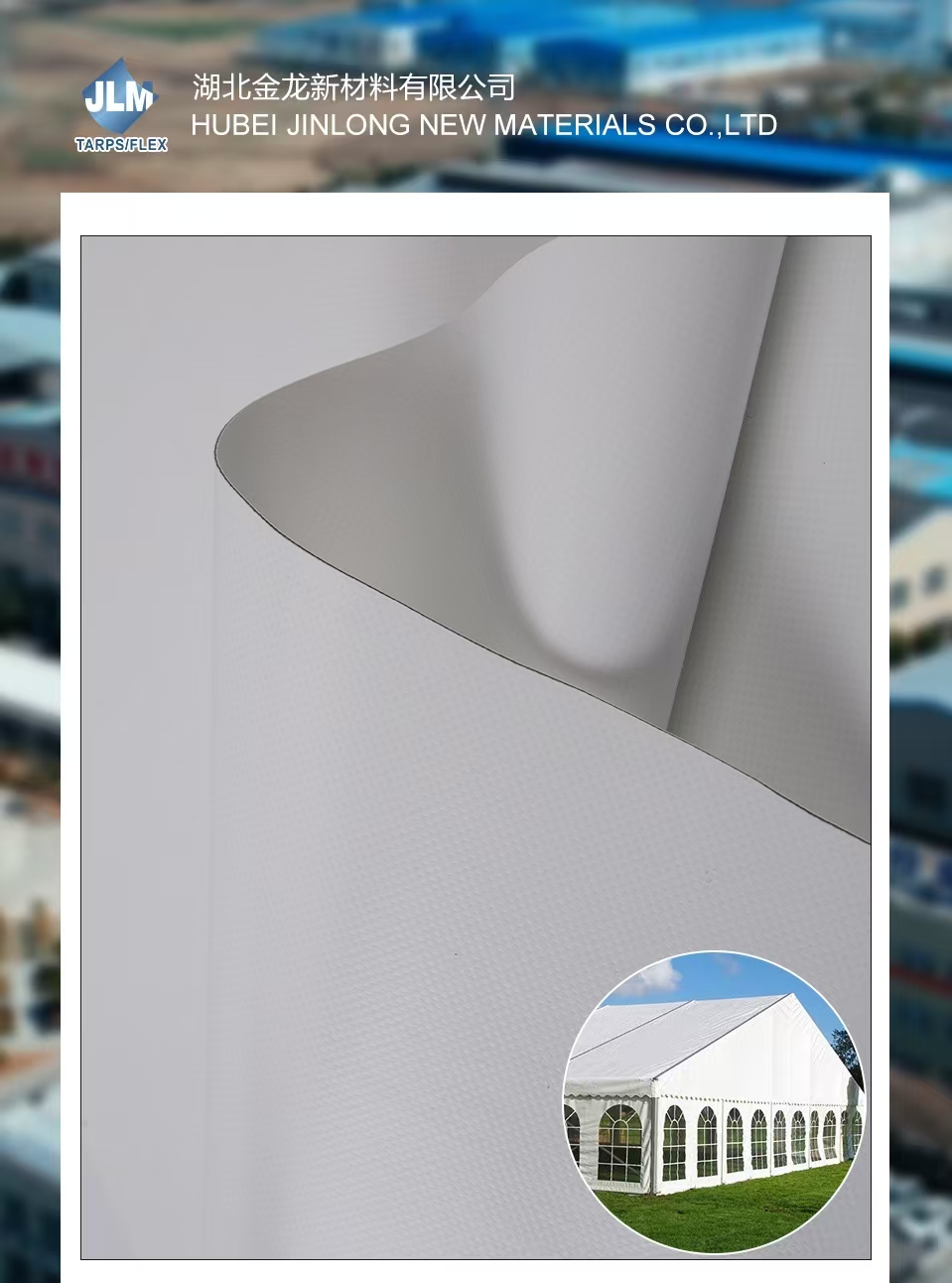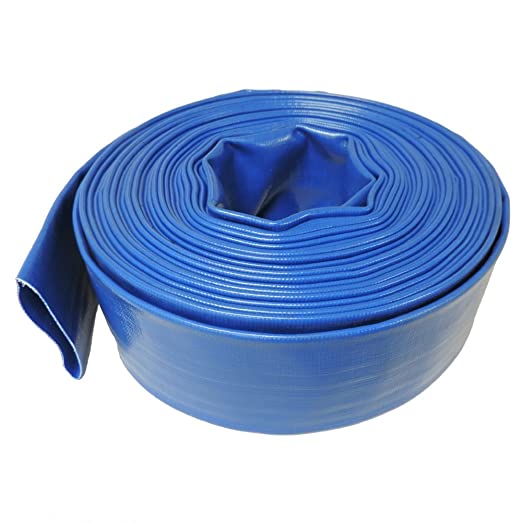The quality and compatibility of printing raw materials have significant impacts on ink and toner performance. Here’s how:
Higher quality raw materials, such as paper and substrates, often have smoother surfaces and better coatings. This facilitates better adhesion of ink or toner particles, leading to sharper images and text.
The compatibility between ink/toner and the substrate influences adhesion. Ink formulated for a specific type of paper or substrate ensures proper drying and reduces the risk of smudging or bleeding.
Ink and toner quality directly affects color accuracy and vibrancy. High-quality inks and toners contain finely ground pigments or dyes that produce vivid colors and smooth gradients.
Compatible inks and toners are formulated to interact optimally with the substrate, ensuring that colors appear as intended without distortion or inconsistency.
Quality materials contribute to print durability by resisting fading, moisture damage, and physical wear. This is crucial for prints intended for long-term use or exposure to environmental elements.
Ink and toner formulated for specific substrates enhance durability by adhering securely and maintaining their integrity over time, even under challenging conditions.

Higher quality raw materials support finer print resolutions and sharper detail. This is particularly noticeable in complex designs or small text, where clarity is essential.
Compatible ink/toner ensures that the printing process can accurately reproduce fine details without blurring or loss of definition, maintaining print quality consistency.
Quality materials reduce the likelihood of jams, misfeeds, and other printing errors, enhancing overall operational efficiency.
Compatible materials contribute to smoother printing operations by minimizing equipment downtime and optimizing print output.
Ensuring the quality and compatibility of printing raw materials with ink and toner is crucial for achieving high-quality, durable prints. It impacts everything from color accuracy and vibrancy to print resolution and operational efficiency, ultimately influencing customer satisfaction and the longevity of printed materials.


 English
English русский
русский Français
Français Español
Español




















